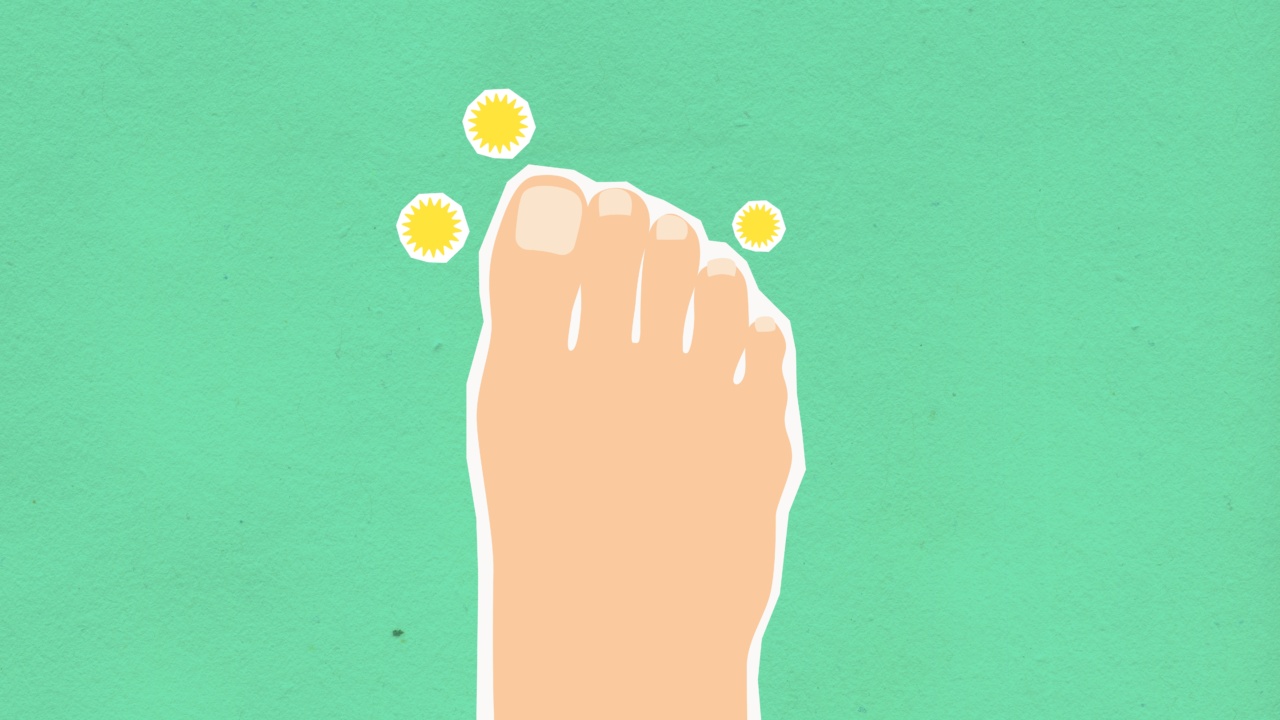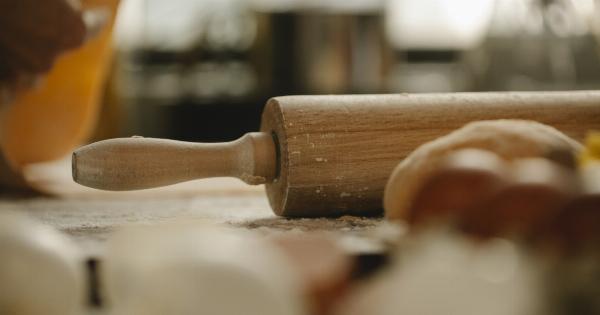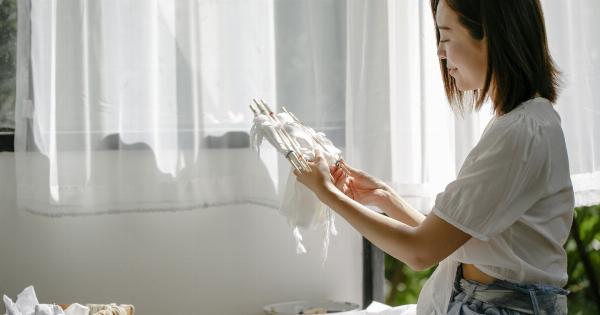Fungal infections on the legs can be irritating and uncomfortable, causing itching, redness, and flaky skin. These infections are commonly caused by dermatophytes, a type of fungi that thrives in warm and moist environments.
While over-the-counter antifungal creams and medications are readily available, some people prefer natural remedies to treat fungal infections on their legs. In this article, we will explore several natural solutions that can help alleviate the symptoms of fungal infections and promote healing.
1. Tea Tree Oil
Tea tree oil has powerful anti-fungal properties and can be an effective natural remedy for fungal infections on the legs. Its active ingredient, terpinen-4-ol, helps kill the fungi, reduce inflammation, and relieve itching.
To use tea tree oil, mix a few drops with a carrier oil such as coconut oil or olive oil and apply it directly to the affected area. Repeat this process two to three times a day until the infection clears up.
2. Garlic
Garlic contains a compound called allicin, which has antifungal properties that can help combat fungal infections. Crush a few garlic cloves and mix them with olive oil to create a paste.
Apply the paste to the affected area and cover it with a clean cloth or bandage. Leave it on for a few hours before rinsing off. Repeat this remedy daily until the infection disappears.
3. Apple Cider Vinegar
Apple cider vinegar is known for its antimicrobial properties and can help restore the pH balance of the skin, making it difficult for fungi to survive.
Mix equal parts of apple cider vinegar and water and apply the solution to the affected area using a clean cotton ball. Let it sit for 15-20 minutes before rinsing off. Repeat this process twice a day until the infection is resolved.
4. Coconut Oil
Coconut oil is a natural moisturizer and has antifungal properties that can help treat fungal infections on the legs. Apply a thin layer of coconut oil to the affected area and massage gently until absorbed.
Repeat this process two to three times a day, and especially before going to bed. Coconut oil can also be mixed with tea tree oil or garlic for increased effectiveness.
5. Aloe Vera
Aloe vera gel has soothing and antimicrobial properties that can provide relief from itching and irritation caused by fungal infections. Cut open an aloe vera leaf and extract the gel.
Apply the gel directly to the affected area and leave it on for at least 30 minutes before rinsing off. Repeat this remedy two to three times a day until the infection improves.
6. Turmeric
Turmeric contains a compound called curcumin, which has antifungal and anti-inflammatory properties. Create a paste using turmeric powder and water, then apply it to the affected area. Leave it on for 30 minutes before rinsing off.
Repeat this remedy once daily until the infection subsides. Note that turmeric can stain the skin, so be cautious and wear gloves if necessary.
7. Oregano Oil
Oregano oil is a potent natural remedy for fungal infections due to its antifungal components, including carvacrol and thymol. Mix a few drops of oregano oil with a carrier oil and apply it directly to the affected area using a cotton ball.
Leave it on for a few hours before rinsing off. Repeat this process twice a day until the infection clears up.
8. Probiotics
Probiotics can help restore the balance of good bacteria in your body, which can indirectly combat fungal infections. Take a probiotic supplement daily, or consume fermented foods such as yogurt, kefir, sauerkraut, or kimchi.
These will help promote a healthy gut and strengthen your immune system, aiding in the fight against fungal infections.
9. Baking Soda
Baking soda is an alkaline substance that can create an unfavorable environment for fungi. Mix one tablespoon of baking soda with enough water to form a paste. Apply the paste to the affected area and let it sit for 10-15 minutes before rinsing off.
Repeat this remedy once or twice a day until the infection improves.
10. Practice Good Foot Hygiene
Preventive measures are key to avoiding recurrent fungal infections on the legs. Ensure you practice good foot hygiene by washing your feet daily with mild soap and warm water.
Dry your feet thoroughly, especially between the toes, as fungi thrive in moist environments. Wear clean socks made of materials that allow your feet to breathe, such as cotton or moisture-wicking fabric. Avoid wearing tight shoes or shoes made of synthetic materials, as they can trap moisture and promote fungal growth.






























